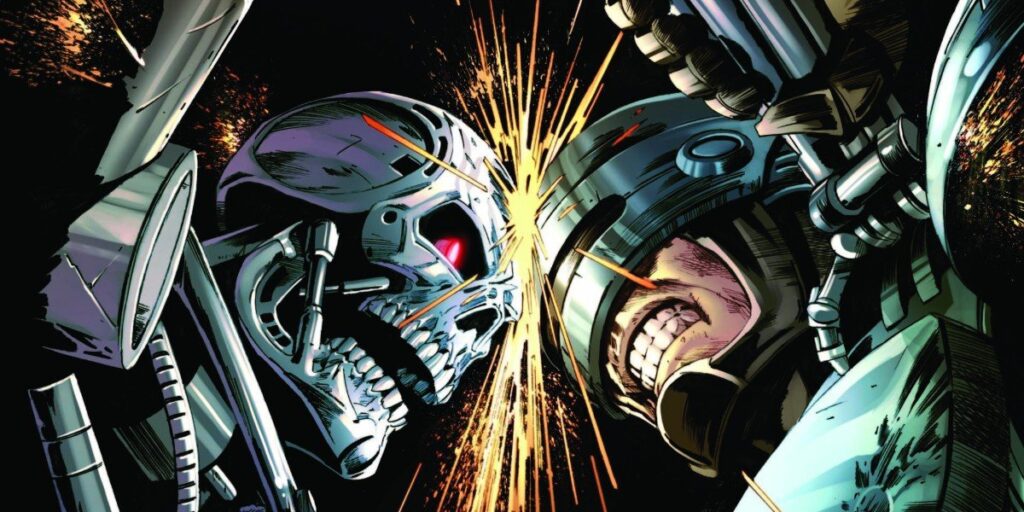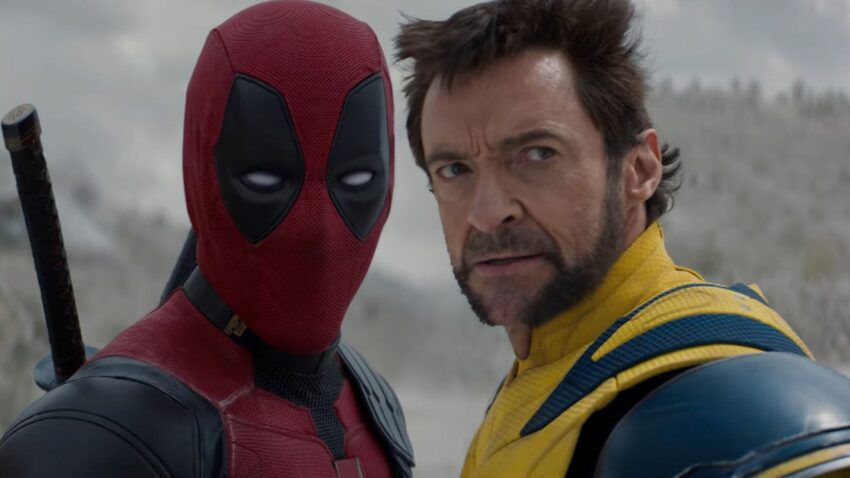When I was a young teen in the heady days of the mid 90’s, it wasn’t cool to be a nerd. In fact, if you wanted to survive high school, you kept this fact hidden. Sure I MIGHT have gone to Star Trek club meet-up every month but I sure as hell wasn’t going to let most of my classmates know. Sometimes though, there comes a time in every geeks life where you have can’t resist to put it out on show.
That time can in High School English where we got given a week long assignment to team up with 1 other classmate and write a collaborative story. My best buddy and I teamed up because we had the idea of the century. Nay, the MILLENNIUM. Star Wars…. meets… Star Trek (The Next Generation because Picard is the GOAT).
We wrote intensely. We did illustrations. We smashed through the required word count. The plot was amazing. Imagine this… Luke, Leia and the Rebel fleet (some time after Yavin and the death of the Emperor) were on the run from a superior fleet of Imperial remnants led by Admiral Thrawn. Yeah suck it Disney, we did Thrawn before you. Anyway, in a nebula, a rift opened and the fleet escaped into another reality where they met up with… the frigging Starship Enterprise. Jean Lucy was readying a fleet to face a new Borg incursion. I don’t want to ruin it, but trust me the Borg were not ready for lightsabers or the Millennium Falcon.

We got good marks, though I recall the teacher rolling their eyes as we offered to explain the story nuances. It seemed so good. Can you imagine all of this happening? It had us soooo excited. Turns out though, we weren’t as original as we had first through. Crossovers had been happening for some time in geekdom, predominantly in the world of comics. Aliens met Predators. Robocop met Terminators. Marvel met DC. Star Trek met X-Men. Batman vs the Ninja Turtles. Eminem met the Punisher.
Explaining the unexplainable
To explain this nonsense, writers turned to the concept of the scientific theory of the multi-verse. It was the perfect ex machina. There are an infinite number of universes with infinite possibilities. If you can think it, it exists. So imagine if something like, I don’t know, a spatial hole in a nebula, could allow two universes to meet? Imagine the team ups the could incur! Imagine Han Solo trying Earl Grey tea. Just imagine it!
The allure of multiverse stories is undeniable. In recent years, films like Spider-Man: No Way Home and the Deadpool and Wolverine have hit big at the box office by weaving together different versions of beloved characters. The success of these films is a testament to the enduring popularity of iconic figures like Spider-Man and Wolverine, but despite the box office triumphs, these stories often fall short of delivering truly satisfying narratives.
Multiverse stories, by their nature, are built on the premise that there are countless versions of the same character, each existing in parallel realities. This concept is thrilling in its potential to explore “what if” scenarios and to bring together characters from different franchises, as seen in No Way Home when three generations of Spider-Man swung into action together. You can undo death and bring back Hugh Jackman’s Wolverine alongside Ryan Reynolds’ Deadpool by being a different Wolvie than the one that died in Logan.
Making high stakes low
However, the inherent problem with multiverse storytelling lies in its impact on narrative stakes. If every version of a character is expendable because another exists somewhere else, the emotional investment in any single character’s fate is diluted. The notion that “no one truly dies” because another version exists elsewhere can undermine the drama and tension that make stories impactful. When a hero’s death or sacrifice is easily reversed by a multiverse deus ex machina, it robs the narrative of its weight.
When a popular character dies in a film, it brings closure to that character. It makes a statement. It ends that character arc. It affects other characters. It has a point. It has meaning. Logan died in Logan. Hugh Jackman stepped away from the character. The ending was an end to an era. The thing is… money (and Ryan Reynolds) talks.

Alan Moore, in his prologue to Frank Miller’s The Dark Knight Returns, famously critiqued the comic book industry’s reluctance to allow stories to end. He pointed out that as long as a character remains popular and profitable, their story will never conclude in any meaningful way. This eternal continuation might be good for business, but it often diminishes the power of storytelling. Moore’s insight is especially relevant in the context of multiverse narratives, where the endless possibilities of alternate versions can prevent any single story arc from reaching a satisfying conclusion.
The content mill
The multiverse concept is so dominant in comic books because these characters have had stories written about them monthly for decades. Storylines become convoluted. Characters and motivations change to meet the social context of the current zeitgeist. The multiverse became a thing out of necessity to bring oder to the narrative mess this left. It also became a way to sell more – to have a different Spidey or Cap or Batman. You could sell multiple stories of the same character.
The beauty of a well-crafted story is in its arc—a beginning, a middle, and an end. Endings provide closure and give meaning to the journey that preceded them. They allow characters to evolve, to reach their potential, or to fall short, with consequences that resonate. Without an ending, stories lose their impact, becoming more about spectacle than substance.
Multiverse stories, by refusing to acknowledge a definitive ending, often fail to deliver this sense of closure. The characters become immortal in the most literal sense, with no arc truly ever finishing. When every possible outcome can be explored in another universe, the stakes in any single narrative diminish. The success of characters like Spider-Man and Wolverine is not in question—they are iconic and beloved for a reason. But the question remains whether their stories are truly satisfying if we know that no matter what happens, there’s always another version waiting in the wings.
Money
I’m not naive. These characters make money and always will. However, for me and the current glut of multiverse stories (particularly those pumped out in the Marvel Cinematic Universe) it’s a gimmick. They are stories that make sense to the audience not the characters. Do you want to see this character meet this other character? Well guess what, just like Star Wars and Star Trek, you can. There is infinite possibilities. Which makes every decision not matter.
It’s a well known joke in comics that no one is every really dead. Which makes every death… pointless. You know that in six months, a year, a few years a writer will run out of ideas and bring them back. Jean Grey in the X-Men has died 15 times. It means the most lucrative job in Marvel is an undertaker. Which will make her next 16th death even less impressive than the previous.

Why Multiverse Stories are a creative dead end
You really only get to to this trick a few times. I think Marvel is writing themselves into a deep hole, playing to fandom rather than playing to strong storytelling. I never want to see Steve Rogers or Tony Stark back again in movie form within the current crop of stories. Endgame was an ending. It rocked. If we see yet another ‘variant’ then we are undoing that sense of closure.
I have enjoyed a lot of these films. Multiverse stories are undoubtedly entertaining and offer exciting possibilities but they often lack the emotional satisfaction that comes from a story with real stakes and a definitive conclusion. As Alan Moore suggested, stories should end, and characters should face the full weight of their decisions. Without that, even the most thrilling multiverse tale risks becoming a hollow spectacle, missing the deeper resonance that makes stories truly unforgettable.
And if you enjoyed this content (first of all thank you), you may find more to like over at our YouTube and Twitch! Or if you want to shoot the shit with us, feel free to join us on Discord or say hello on Facebook (We know, we’re old), Instagram, or Twitter-X. Check out our other articles here

